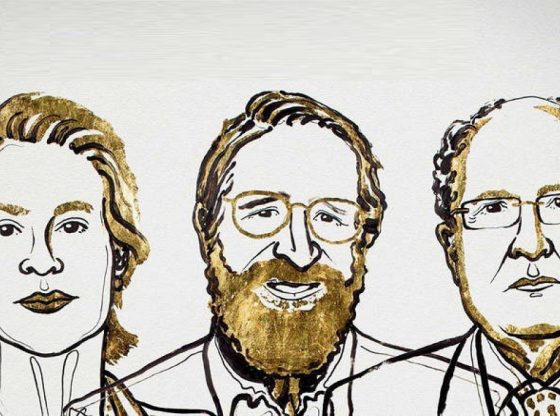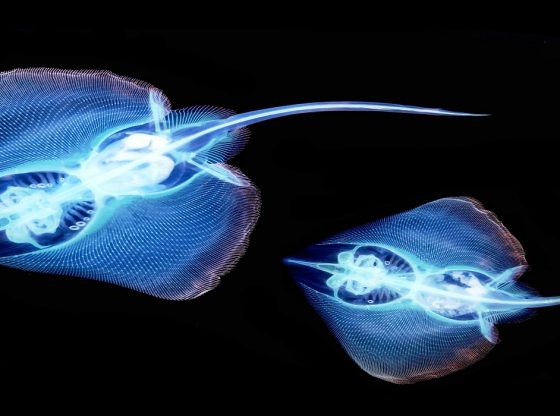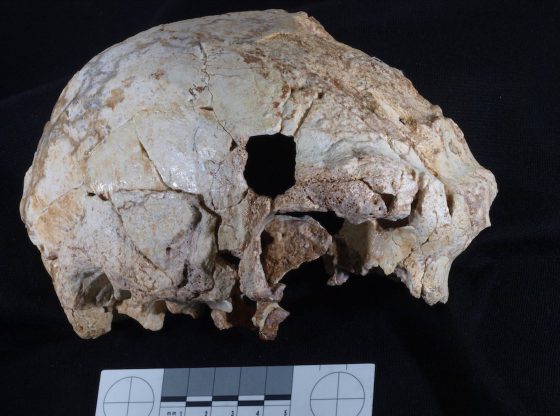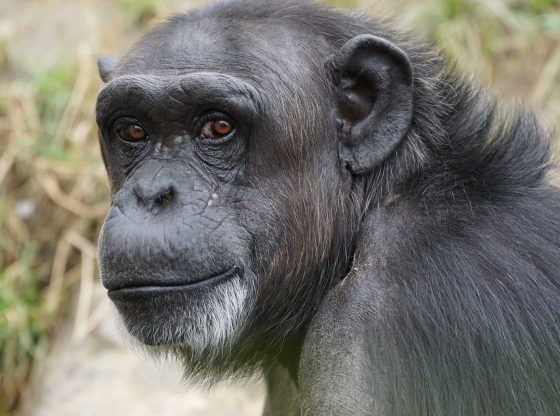A single small change in one of our genes may have been enough for the human brain to grow big and smart, according to new research at the Max Planck institute.

The reason that we humans stand apart from the rest of the animal kingdom is that evolution took a different turn with our ancestors – enabling them to use their brains to manipulate their surroundings and to allow creativity to solve problems rather than the usual solution by natural selection and adaptation – to get faster, stronger, bigger or perhaps smaller.
The Neocortex is the outer part of our cerebral cortex, and could perhaps be compared to the Earth’s crust. It consists of six layers of neurons and contributes greatly to how we humans reason and take part in social interactions, but it is also important for our sight and hearing.
New research indicates that the development of the neocortex in humans is partly due to a mutation in a specific gene, for which only one of the roughly 3.1 billion base pairs that make up our DNA strand, changed.
The gene that had this mutation is called ARHGAP11B and the version that all modern humans carry first appeared some 500,000 years ago and is not found in the genome of Neanderthals, for example.
This gene is originally a kind of improved copy of another gene: ARHGAP11A. This old gene version still exists as nature sometimes creates a copy of a gene but leaves the original intact to continue doing what it’s good at.
This new gene variant is associated with a protein important to how brain cells are able to come apart. The gene thus ultimately increased the number of brain cells, which consequently may have been located to our neocortex, growing larger and smarter. All thanks to a single change in a single gene and a single base pair.
Reference:
Marta Florio et al. A single splice site mutation in human-specific ARHGAP11B causes basal progenitor amplification. Advances Science, 2016, DOI: 10.1126 / sciadv.1601941











![OpenAI. (2025). ChatGPT [Large language model]. https://chatgpt.com](https://www.illustratedcuriosity.com/files/media/55136/b1b0b614-5b72-486c-901d-ff244549d67a-350x260.webp)
![OpenAI. (2025). ChatGPT [Large language model]. https://chatgpt.com](https://www.illustratedcuriosity.com/files/media/55124/79bc18fa-f616-4951-856f-cc724ad5d497-350x260.webp)
![OpenAI. (2025). ChatGPT [Large language model]. https://chatgpt.com](https://www.illustratedcuriosity.com/files/media/55099/2638a982-b4de-4913-8a1c-1479df352bf3-350x260.webp)








